The Australian Bureau of Statistics (ABS) on Wednesday released monthly CPI inflation data, which showed that overall rents across the combined capital cities rose 7.8% year-on-year in August:
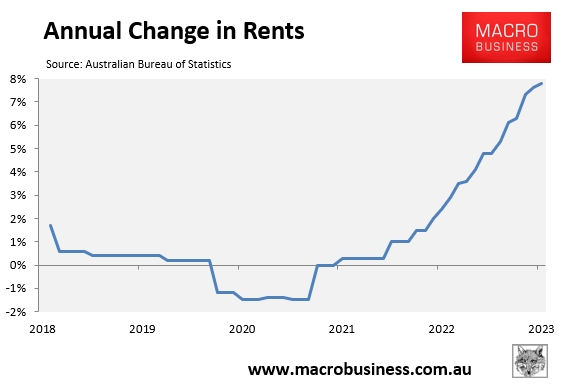
It was the strongest annual rate of rental growth since June 2008 when net overseas migration was also hitting an all-time high:
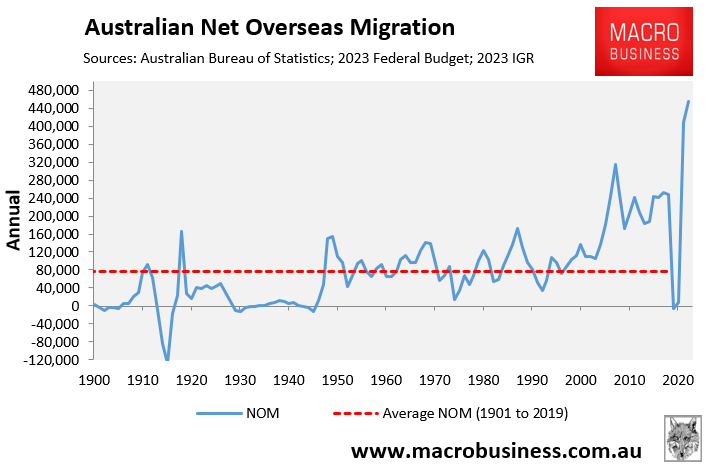
The surge in rents has come amid a decline in rental vacancy rates to record lows:
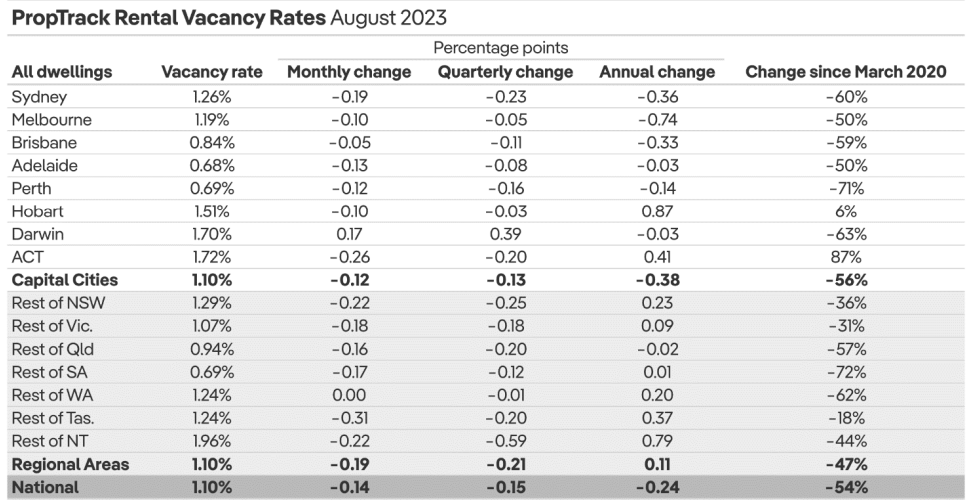
There was a sliver of good news, however, with the quarterly growth in both asking rents and overall CPI rents decelerating:
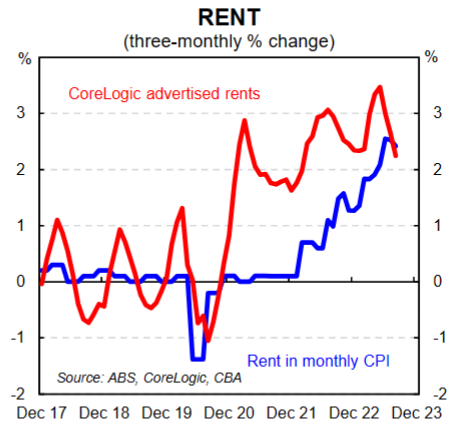
Clearly, the slowing of rental growth amid tighter vacancies suggests affordability concerns after 36 consecutive months of increases.
Renters are reaching the upper limit of what they can afford to pay, as evidenced by the significant increase in tenants living in group housing.
The outlook for renters remains poor.
CoreLogic’s August rental report warned that with “dwelling approvals continuing to trend lower, especially across the medium to high density sector, the outlook for additional rental supply remains dim”.
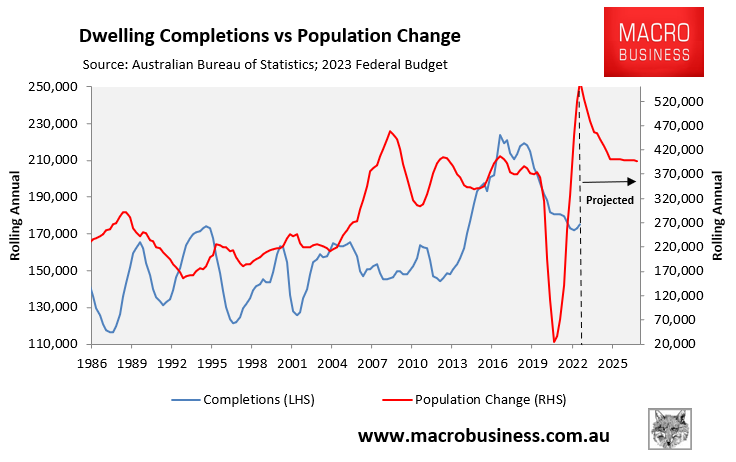
SQM Research managing director, Louis Christopher, likewise warned that Australia faces a serious increase in homelessness as immigration demand far exceeds housing supply:
“Tenants increasingly sharing accommodation together somewhat assisted in the easing. However, in more recent months, the rental market has tightened once again”.
“This renewed tightening mostly likely was caused by ongoing and rapid increases in our population plus a decrease in new dwelling completions compared to 2022”.
“Going forward, I expect the low rental vacancy market to be maintained. In response to shortages, housing formation will continue to contract and unfortunately, I am expecting a very large increase in homelessness”.
Australian rents will continue to rise faster than incomes for the foreseeable future, as record immigration-driven population expansion outpaces housing construction.
It is an inequality disaster in the making.

